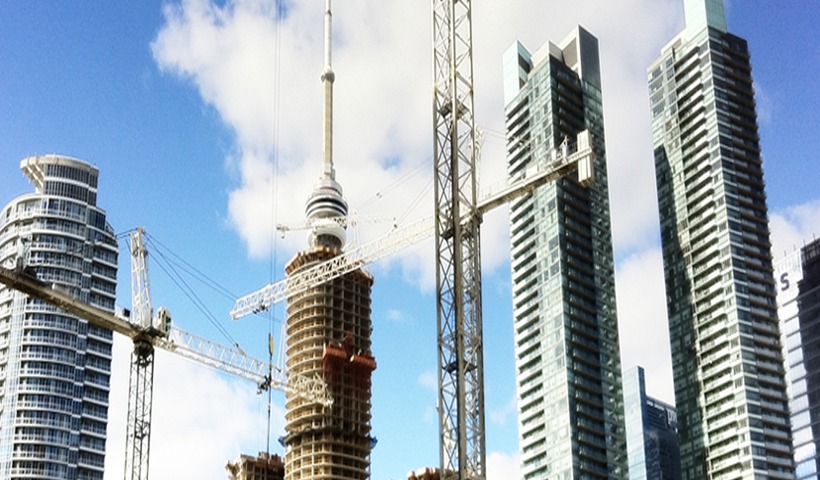Unpacking Surrey’s Strategic Move: 50% Fee Reduction for Residential Development Near Transit Hubs
In an ambitious move to stimulate residential construction and promote urban density, the City of Surrey has announced a groundbreaking initiative that slashes development fees by 50% for multi- family housing projects near rapid transit systems. This initiative is poised to reshape Surrey’s urban landscape, aligning perfectly with broader objectives to enhance accessibility and sustainability while
addressing the pressing need for additional housing.
The Essence of Surrey’s Fee Reduction Initiative
As part of Surrey’s new Rapid Transit Development Incentive, a range of building development- related application fees will be significantly reduced. This applies to planning, engineering, and building fees for projects located within 1.5 kilometers of an existing SkyTrain or RapidBus route. This initiative is not just a financial relief but a strategic move to encourage developers to invest in areas that are pivotal for future urban growth and high-density living.

Why Surrey’s Strategy Matters
Surrey’s decision to halve these fees post-December 4, 2023, is rooted in a comprehensive urban planning strategy. The city is leveraging its transit infrastructure as a backbone for development, encouraging growth in areas that offer residents enhanced mobility and reduced reliance on personal vehicles. This approach not only supports environmental goals but also promotes a vibrant, connected community fabric.
Targeted Areas and Development Criteria
Eligible projects must meet specific criteria to benefit from this rebate program. They must be located near key transit nodes like the SkyTrain stations (Scott Road, Gateway, Surrey Central, or King George) or along the RapidBus routes (R1 King George Boulevard and R6 Scott Road). The projects should feature multi-family residential buildings of at least four stories with a floor area ratio of at
least 0.5 and a minimum total residential floor area of 2,000 square meters.

Deadline and Projections
To qualify for the rebate, projects need to secure full superstructure building permit issuance by August 31, 2026. This timeline underscores Surrey’s urgency in catalyzing residential development swiftly. The initiative is projected to incentivize the creation of approximately 3,000 homes near frequent public transit services, significantly contributing to the city’s housing supply.
Broader Implications for Surrey

Economic and Social Impacts By reducing development costs, Surrey is likely to attract a wave of investments from developers who might have been hesitant due to the high costs associated with urban projects. This economic stimulus
is expected to create jobs, boost local businesses, and enhance property values, thereby generating more tax revenues for further municipal enhancements.
Enhancing Quality of Life
The strategic focus on transit-oriented development is intended to improve residents’ quality of life. Living near transit hubs can drastically reduce commute times, lower transportation costs, and provide more leisure time. Additionally, this kind of development typically brings a plethora of services and amenities that can make urban living more desirable.
Additional Incentives and Federal Support
Apart from the Rapid Transit Development Incentive, Surrey has introduced the Non-Market Rental Housing Incentive aimed at accelerating non-market housing projects across the city. This is in response to the critical need for affordable housing options. Both initiatives are supported by federal funding through the Housing Accelerator Fund (HAF), with Surrey receiving $96 million to support
its housing strategy. This federal backing not only validates the city’s approach but also provides the financial muscle to drive change.
Looking Forward
The city’s proactive measures, including the deployment of an AI-powered online tool for permitting queries, signify a modern approach to urban governance and planning. As Surrey continues to expand, these initiatives are crucial in managing growth sustainably and equitably.
Conclusion
Surrey’s fee reduction for residential development near transit hubs is more than just a financial incentive; it’s a visionary step towards redefining urban living in one of Canada’s fastest-growing cities. By aligning development with transit infrastructure, Surrey is not only facilitating easier commutes but is also fostering a dynamic urban environment that could serve as a model for cities worldwide. This bold move by the City of Surrey sets a precedent for how municipalities can
strategically direct growth to meet contemporary urban challenges head-on.
Disclaimer: The views expressed above are for informational purposes only based on industry reports and related news stories. Property Pistol does not guarantee the accuracy, completeness, or reliability of the information and shall not be held responsible for any action taken based on the published information.




